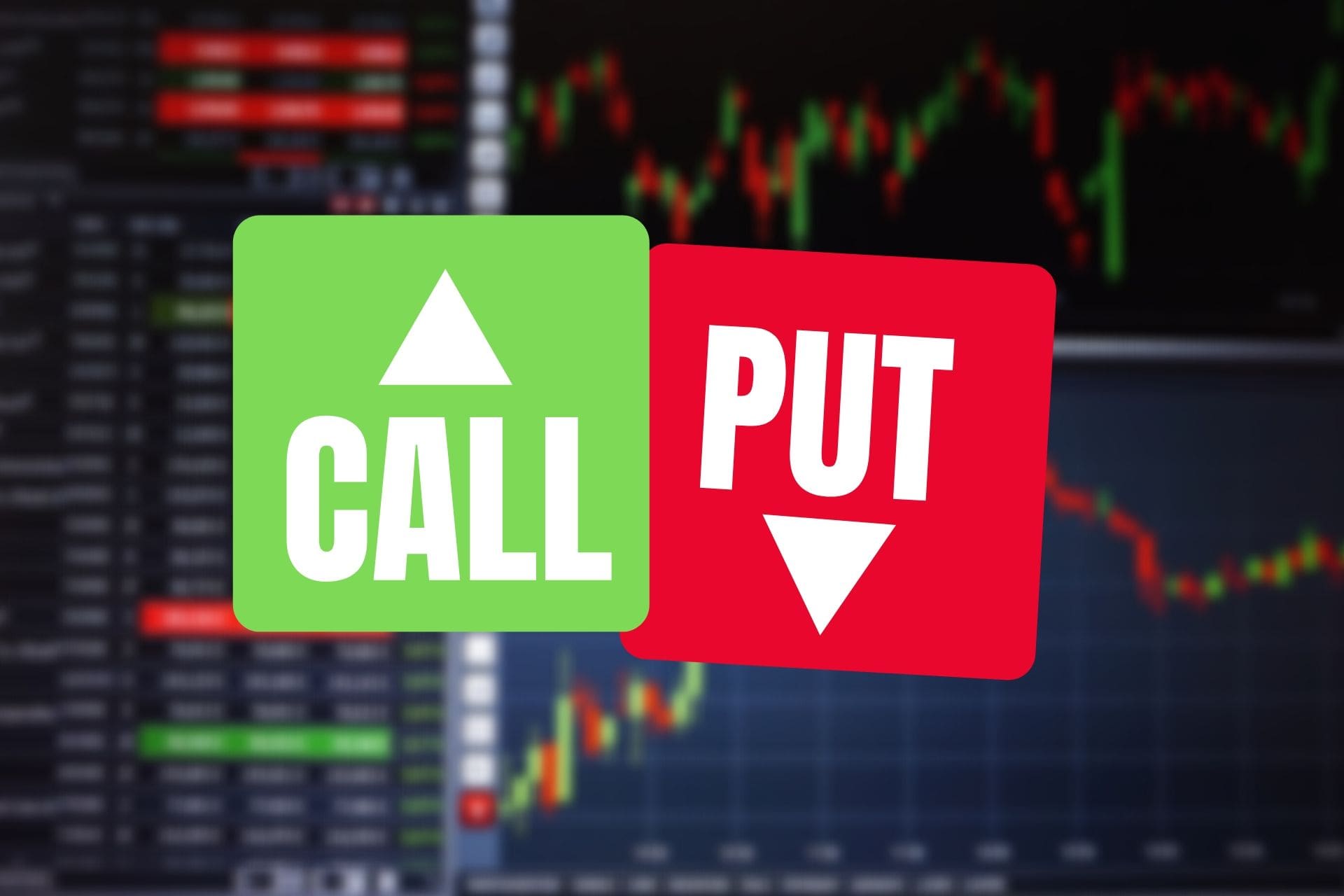In the realm of finance, options trading presents both opportunities and risks for astute investors. Among the various types of options contracts, put options hold a significant position in the financial markets. In this comprehensive guide, we delve into the intricacies of put options, exploring their definition, mechanics, and strategic advantages in options trading.

Image: lk04.com
An Overview of Put Options
A put option grants the buyer (holder) the right, but not the obligation, to sell an underlying asset (such as a stock or commodity) at a predetermined price (strike price) on or before a specified date (expiration date). By purchasing a put option, the buyer is essentially betting that the value of the underlying asset will decline below the strike price, enabling them to profit from the price difference.
How Put Options Work
When an investor expects the underlying asset’s price to fall, they may consider buying a put option. The right to sell the asset at the strike price provides a protective mechanism against potential losses. If the asset’s price declines below the strike price, the holder can exercise the put option and sell the asset for a profit. However, if the asset’s price rises or remains above the strike price, the put option expires worthless, and the buyer loses the premium paid for the contract.
Trading Put Options: Strategies and Benefits
Incorporating put options into an investment strategy requires a thorough understanding of the market and the option’s potential outcomes. One common strategy involves buying put options as a form of insurance against potential losses. If the asset’s price falls, the put option provides a hedge, limiting the investor’s downside risk.
Another strategy involves selling put options to generate income. When an investor sells a put option, they are granting another party the right to sell the underlying asset to them at the strike price. If the asset’s price remains above the strike price, the seller retains the premium received, generating profit. However, if the asset’s price falls below the strike price, the seller is obligated to buy the asset at a loss.

Image: www.pinterest.com
Emerging Trends and Developments in Put Options Trading
The world of options trading is constantly evolving, with new trends and developments emerging. One notable trend is the increasing use of exchange-traded funds (ETFs) that track the performance of specific put option strategies. These ETFs provide investors with a diversified exposure to put options, allowing them to capture potential gains from market volatility.
Tips for Successful Put Option Trading
To navigate the complexities of put option trading successfully, consider the following tips from seasoned investors and financial experts:
- Thoroughly research the underlying asset: Understanding the fundamentals, market trends, and potential risks associated with the underlying asset is crucial.
- Choose the right options strategy based on your investment goals: The strategy you select should align with your risk tolerance and profit objectives.
- Manage your risk: Use stop-loss orders or other risk management strategies to limit potential losses.
Frequently Asked Questions (FAQ) About Put Options
Q: What are the risks associated with buying put options?
A: The primary risk is that the put option expires worthless if the asset’s price remains above the strike price or rises during the contract’s lifetime.
Q: Can I make money selling put options?
A: Yes, you can generate income by selling put options if the asset’s price remains above the strike price. However, you assume the obligation to buy the asset at the strike price if the price falls below it.
Q: How do I calculate the profit potential of a put option?
A: The potential profit of a put option is the difference between the strike price and the underlying asset’s price at expiration, minus the premium paid for the option.
Option Trading Put
Conclusion
Options trading, particularly through put options, offers investors a powerful tool for managing risk, speculating on market movements, and generating income. By understanding the mechanics, strategies, and risks associated with put options, investors can make informed decisions that enhance their overall investment portfolio. Whether you are a seasoned trader or a novice, we encourage you to continue exploring the world of options trading to unlock its potential benefits.
Are you interested in learning more about put options and other advanced trading strategies? Explore our comprehensive articles and resources, or consult with a financial professional to tailor your investment strategy and maximize your trading success.






